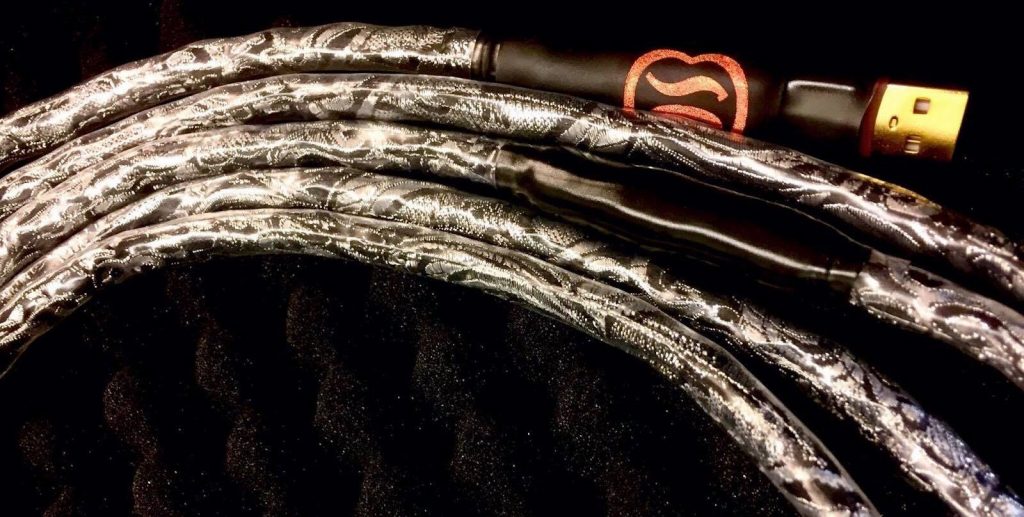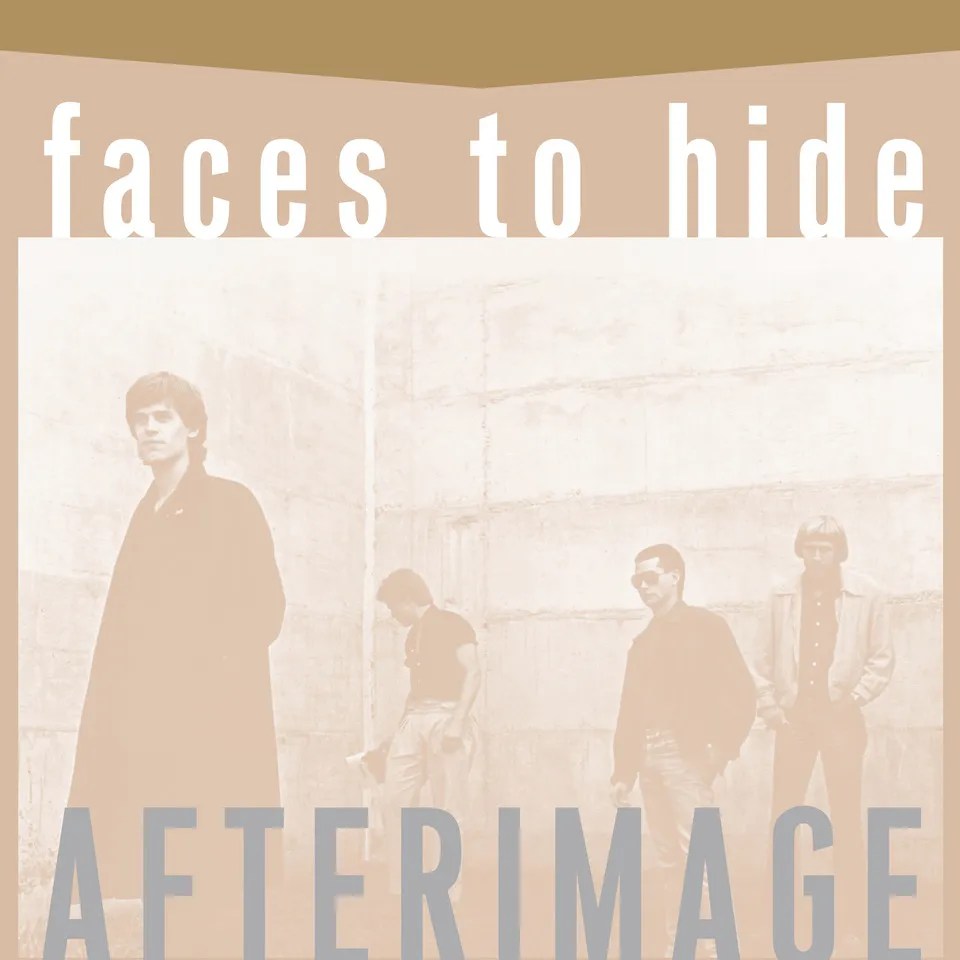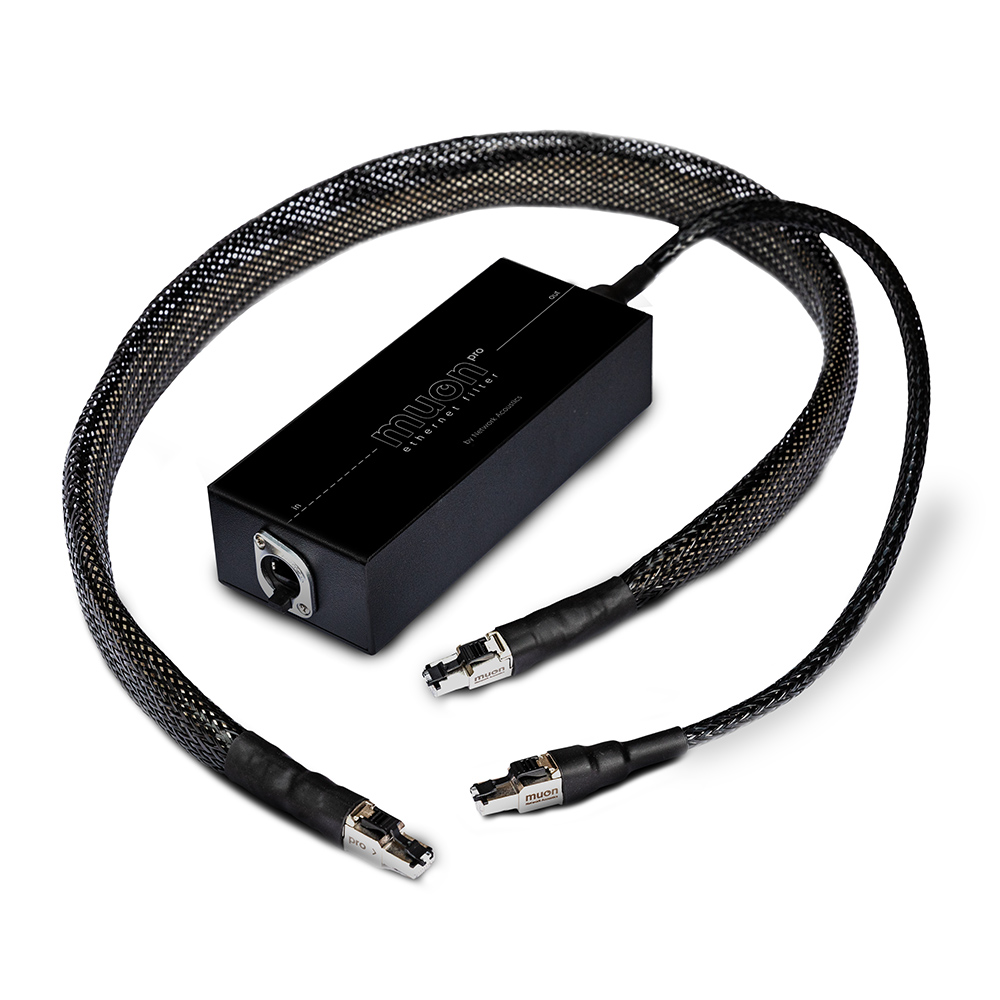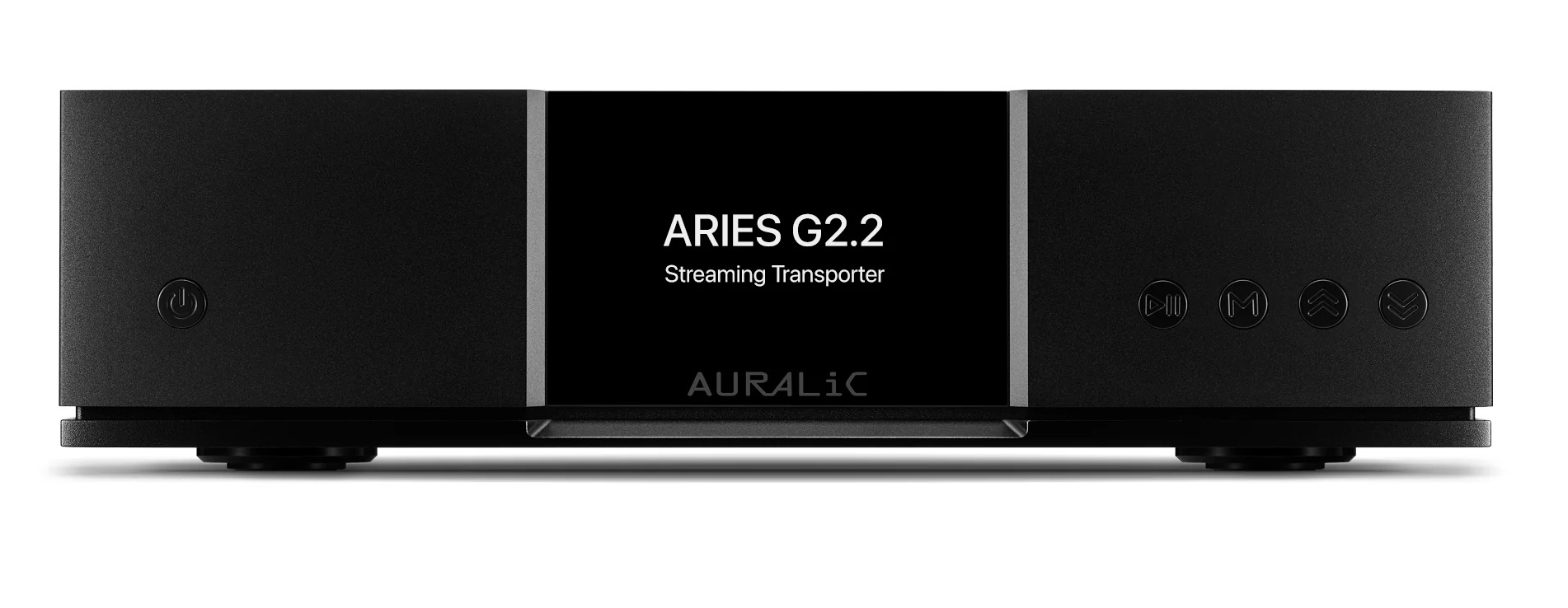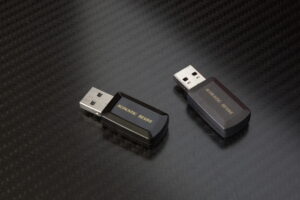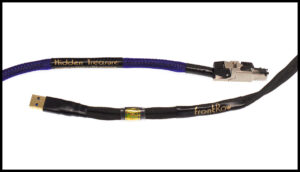Ah yes, the world of cables… well specifically the world of USB cables. A lot of controversy as to their audible impact, or perhaps not if one actually sat and listened with an open mind. In the past I have shared the thinking behind their designs and any potential impact on the music (HERE), and have reviewed a fair number in PF. The focus with this Ramblings is the USB cable from Skogrand, the Beethoven… one that I consider a true reference product. I gave it an award a few years back and use it daily along with the WyWires Platinum USB, which is also a reference and a bargain at under $1000. Very similar sonically though the WyWires Platinum USB will add a touch of warmth and richness to the sound.
Anyhow, what we have here is the Skogrand approach to making a cable that introduces as little if any sonic signature into the music… or onto the music. That is, Knut's philosophy is to make a cable whose only characteristic is to have one that is …. well to not have one. Which is an oxymoron as that is its characteristic—not having any sonic signature or character that one could interpret as adding to or subtracting from the music.... to be as honest and truthful to the signal and hence therefore, to the music. What this means when listening, is that, while the cable is honest and imparts as little if anything of its self into/onto the signal, it is not analytically lean and mean. Too often that is what happens, what we hear when a cable is presented as being neutral (that be highly resolving), or whatever one uses as being honest… there is either a subtraction or addition that presents the music as being "more" than it really is… more treble, midrange, whatever… which sounds like more details or greater information, but it is at the sacrifice of something being subtracted … or added. Augmentation, manipulation, coloration… perhaps? Whatever it is, it is a change in the actual signal... or music. Neutral in cables is too often a coloration of the sound. At least for me that is!
Not with the Skogrand cable. What is there is what is there. What is in your music is what you get out into the room—assuming everything else is equally up to the task. But let me back up a bit… I am not sure what is in my music. I was not there to hear it being made, so I have no idea how it should sound… so how can I say that the Skogrand Beethoven USB does what it does?
Well, in going back and forth between other USB cables in house, I hear less change to the music's sonics with the Skogrand Beethoven USB than with other USB cables. Others tend to add a bit more or a tad less sparkle, a bit more or a tad less presence, midrange warmth, bass extension, etc. The Skogrand Beethoven USB simply keeps an even keel sonically. No addition, no subtraction… nothing one might think of as being artificial or a manipulation of sorts. So yeah, I love what I hear with the Skogrand Beethoven USB; purity, honesty, the "sonic" essence of what makes my music something I want to listen to... and for sure it is articulate, open, and there... with no hint of grain, grit... and with no noise in the music to muck things up... to hide or color the music. A blackness that is so ever quiet... wide open and deep. Whether I like it or not... and I do... I like it a lot! Resolution without coloration... without omission or inclussion.
What I hear is what is there. A truthful presentation of the music—meaning you might not like it as it is not going to color things to anyone's preferences. If you want more of this and less of that then look elsewhere. I will say that I like what I hear with the Skogrand Beethoven USB. It is a true reference in terms of getting this to that with the least degradation, the least augmentation of the music as I have ever heard.
So how does Knut accomplish this? The Skogrand approach is to use the best materials he can source and execute the design and construction to eliminate noise and interference—both inside and outside the cable. From Knut himself, "SCDU Beethoven - 2.0 USB 1.00 dielectric constant cables:
- 4 x 24AWG Ultra Pure OCC solid core copper wires individually 100% shielded with signal wires individually suspended to float in air from connector to connector while spiraling each other.
- Second outer shield covering all wires.
- 3 x 100% shield layers total.
- 24k gold connectors.
- Silk sleeve cover.
- Crosslinked polyolefin dedicated air conduit covers and total cover.
- Perfect 90 Ohm dual data transfer characteristic impedance.
- As with the complete line of Beethoven cables the SCDU Beethoven USB cables are the only cable line in the world offering a 1.00 dielectric constant making them the fastest and most precise signal conduits in the global market with the least disturbed and most complete signal transfer obtainable."
Consider the Skogrand cable as art. Art in the materials; fine silk, Ultra Pure Ohno Continuous Cast copper wire, air-dielectric—art in the construction; hours and hours of selecting, constructing, etc. …all resulting in the Skogrand sound, clean and pure. If you ever have the opportunity to meet and talk with Knut, you will find him as pure and open as his homeland of Norway. Much like his cables, Knut will tell you like it is, he will not hold back, but he is respectful, honest, and one of the least flamboyant people in audio. Not sure he is getting rich off the cables as he clearly does not present himself as greedy, nor one with an exotic lifestyle of the rich and famous. Exotic perhaps in hunting for wild game to eat in Norway... .
Okay, so one will read this and think, uh, yeah, but this sounds like what everyone else is doing… finding the best materials, painstakingly constructing the cable to minimize/maximize this or that… so big deal? Come on man… everyone claims their cables are neutral, musical, yadda, yadda…
For sure, without a doubt, but Knut must be doing it better, or differently and still better, as his USB cable clearly betters what else is out there in terms of what is not being heard—colorations, noise, etc. Just the music… just the signal in way that makes ones music that much more musical.
It is expensive, way expensive, but then it is way reference. Way artisan in design and construction… it takes a good amount of time to make any of the Skogrand cables and so one is going to pay for that time—this is not mass-produced product, but made in a small workshop by artisans. It is what it is… 1.5m is USD 14,000. Yeah, $14K for the materials, for the time it took to figure out how to make such a cable of reference quality, of reference sound… and for the craft.
Think of it as art, as something that is not there for everyone to have… but once you hear it, you will want it. It is not for me to justify the price, so don't ask me to… I can only pass on what I hear. Expensive? For sure. Worth it? That is for you to decide. For me, hell yeah! Can I afford it? I wish! Highest Recommendation.
Skogrand





